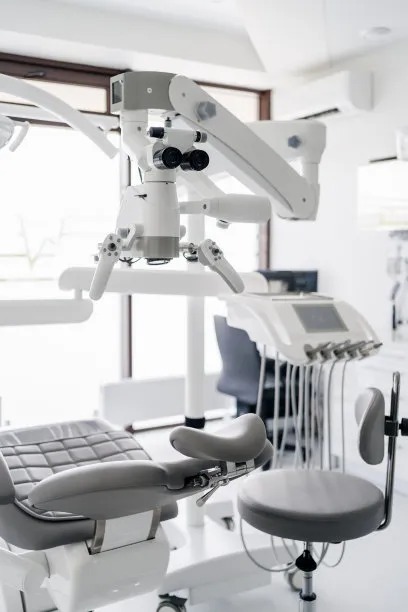The Essential Guide to Extracting a Tooth Safely and Effectively for Better Oral Health
Summary: Extracting a tooth is often a necessary procedure for maintaining optimal oral health. This guide provides essential information on safely and effectively extracting a tooth while minimizing discomfort and complications. We will discuss the reasons for tooth extraction, preparation for the procedure, the steps involved in extraction, and post-extraction care to ensure successful recovery. Whether it’s due to decay, overcrowding, or infection, understanding the process is critical for patients and dental professionals alike. This comprehensive guide aims to help individuals make informed decisions about their dental health and facilitate a smoother dental experience.
1. Understanding When Tooth Extraction is Necessary

Tooth extraction may be required for various reasons, and recognizing these circumstances is essential for maintaining overall oral health. One common reason for extraction is severe tooth decay, which can compromise the health of the entire dental structure. When decay has significantly progressed, the tooth may become unsalvageable, necessitating its removal to avoid further complications.
Another prevalent reason for extraction is overcrowding. In some cases, patients may have more teeth than their jaw can accommodate, leading to painful misalignments and unnecessary pressure on surrounding teeth. Removal of one or more teeth can help create space, allowing for a more comfortable and functional arrangement.
Infection is also a significant factor that may lead to tooth extraction. If a tooth becomes infected and treatment options, such as root canal therapy, are no longer viable, extraction may be the only solution to prevent the bacteria from spreading and causing further health issues.
2. Preparing for Tooth Extraction Procedure
Preparation for the tooth extraction process is crucial in ensuring a smooth experience both for the dental professional and the patient. Before the procedure, it is essential for patients to disclose their medical history and any medications they are currently taking. This information helps the dentist assess potential risks and optimize the approach for the extraction.
Another important aspect of preparation is understanding the type of anesthesia that will be used during the procedure. Local anesthesia is typically employed for simple extractions, numbing only the affected area, while sedation may be offered for more complex cases. Discussing these options with the dentist can alleviate any anxiety associated with the procedure.
Patients should also prepare for post-extraction care. This includes arranging for transportation if sedation is used, as well as gathering the necessary supplies such as ice packs and any prescribed medications to minimize discomfort after the extraction.
3. The Steps Involved in a Tooth Extraction
The actual procedure of tooth extraction involves several critical steps designed to ensure safety and efficiency. First, the dentist will administer anesthesia to numb the area and ensure the patient is comfortable throughout the process. Once the anesthesia takes effect, the dentist will assess the tooth and surrounding gums to determine the best approach.
Next, the dentist will begin the extraction process, which may involve gently rocking the tooth back and forth to widen the socket. In cases where the tooth is impacted or firmly anchored, surgical extraction may be necessary. In this scenario, additional tools and techniques may be employed to carefully remove the tooth while minimizing damage to the surrounding tissues.
Once the tooth has been extracted, the dentist will provide necessary instructions regarding socket care and possible bleeding. Proper closure of the extraction site will help promote healing and reduce the risk of complications.
4. Post-Extraction Care for a Smooth Recovery
Post-extraction care is crucial for a speedy and uncomplicated recovery. Initially, patients should bite down gently on a gauze pad to help control bleeding, replacing it as needed. For the first 24 hours, it is essential to avoid vigorous rinsing or spitting to allow the clot to form properly.
Patients should also monitor their diet during recovery. Soft foods are typically recommended for the first few days, gradually transitioning back to regular foods as healing progresses. Staying hydrated is also important, but patients should avoid using straws to prevent dislodging the blood clot.
In addition, it’s vital to keep an eye out for any signs of infection, such as severe pain, swelling, or fever. If these symptoms arise, patients should contact their dentist immediately to address any potential complications.
Summary:
In summary, understanding the reasons for tooth extraction, proper preparation, the steps involved in the procedure, and post-extraction care can significantly benefit anyone undergoing this dental procedure. By taking the necessary precautions and following the outlined guidelines, individuals can ensure a smooth experience and better oral health.
This article is compiled by Vickong Dental and the content is for reference only.



